GEP 476 Energy Services and Efficiency
In this class you will learn about techniques and technologies to satisfy human needs while reducing carbon dioxide emissions. You will build intuition around how much energy is required to provide human needs and how it can be reduced. You'll learn about heating, cooling, motors, thermal radiation, the refrigeration cycle and use tools like spreadsheets, Python, CAD, and efficiency software packages.
In addition to readings and short lectures, you'll work in teams during class to solve quantitative problems related to the energy topics. You will also devise and complete an independent project on the topic of your choice. This project could be a physical demonstration of an energy concept, or an estimate of an energy use reduction.
We'll gauge the progress of your learning and deeper understanding with take home exams that ask you to explain your thinking. We'll also give each other feedback on our projects focused on the application of our course concepts to the project topics.
The course is taught by Dr. Daniel Soto who holds his doctorate degree in Applied Physics. Dr. Soto has years of experience building energy systems and demonstrations and stresses conceptual and practical understanding of the course concepts.
Figures from Student Projects
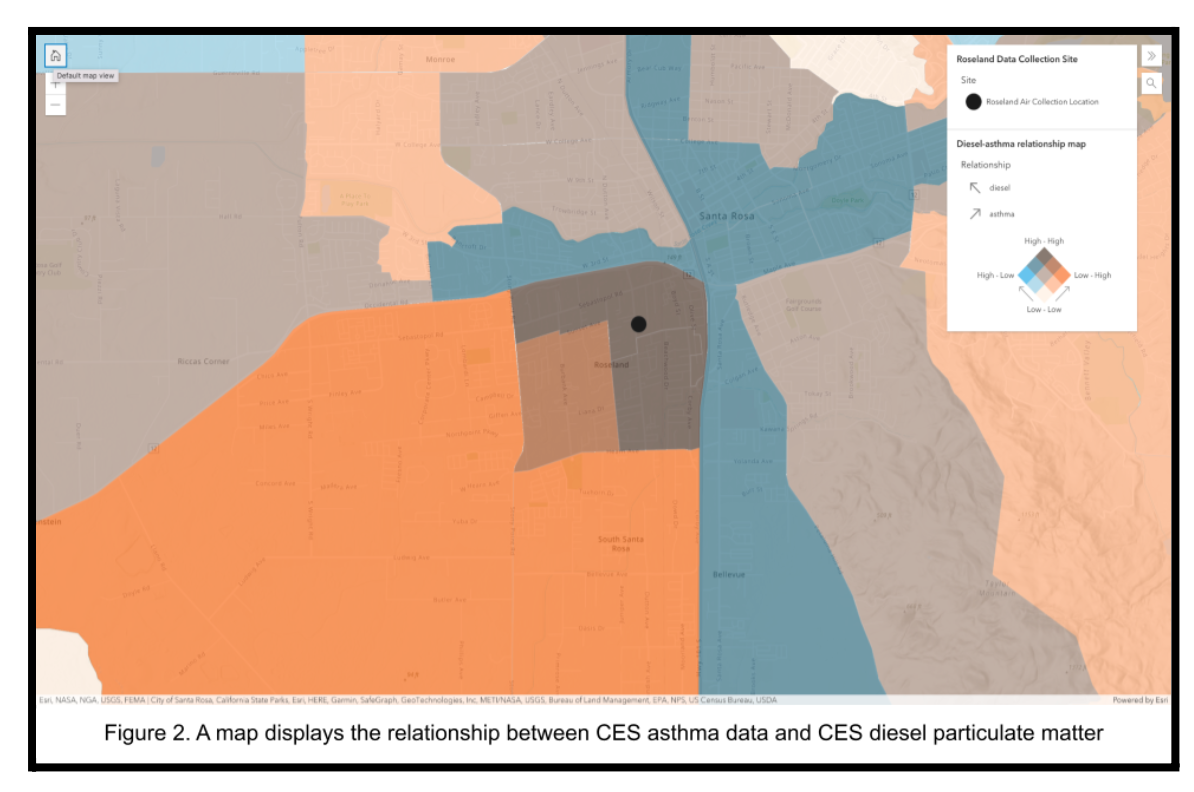
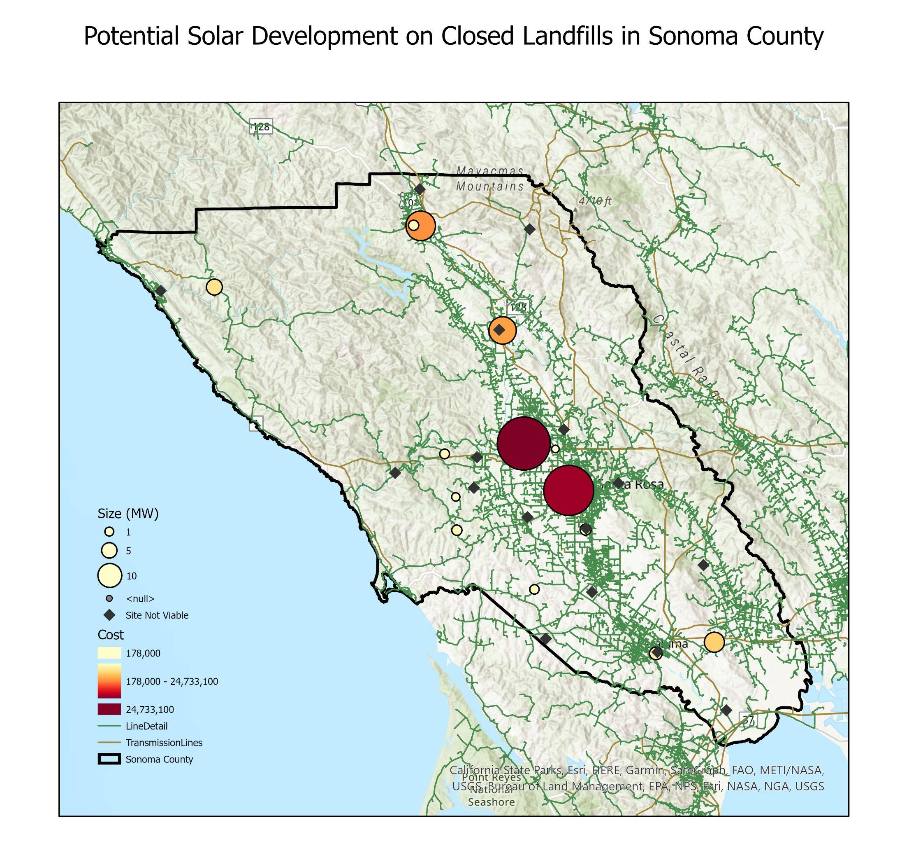
Class Demonstrations
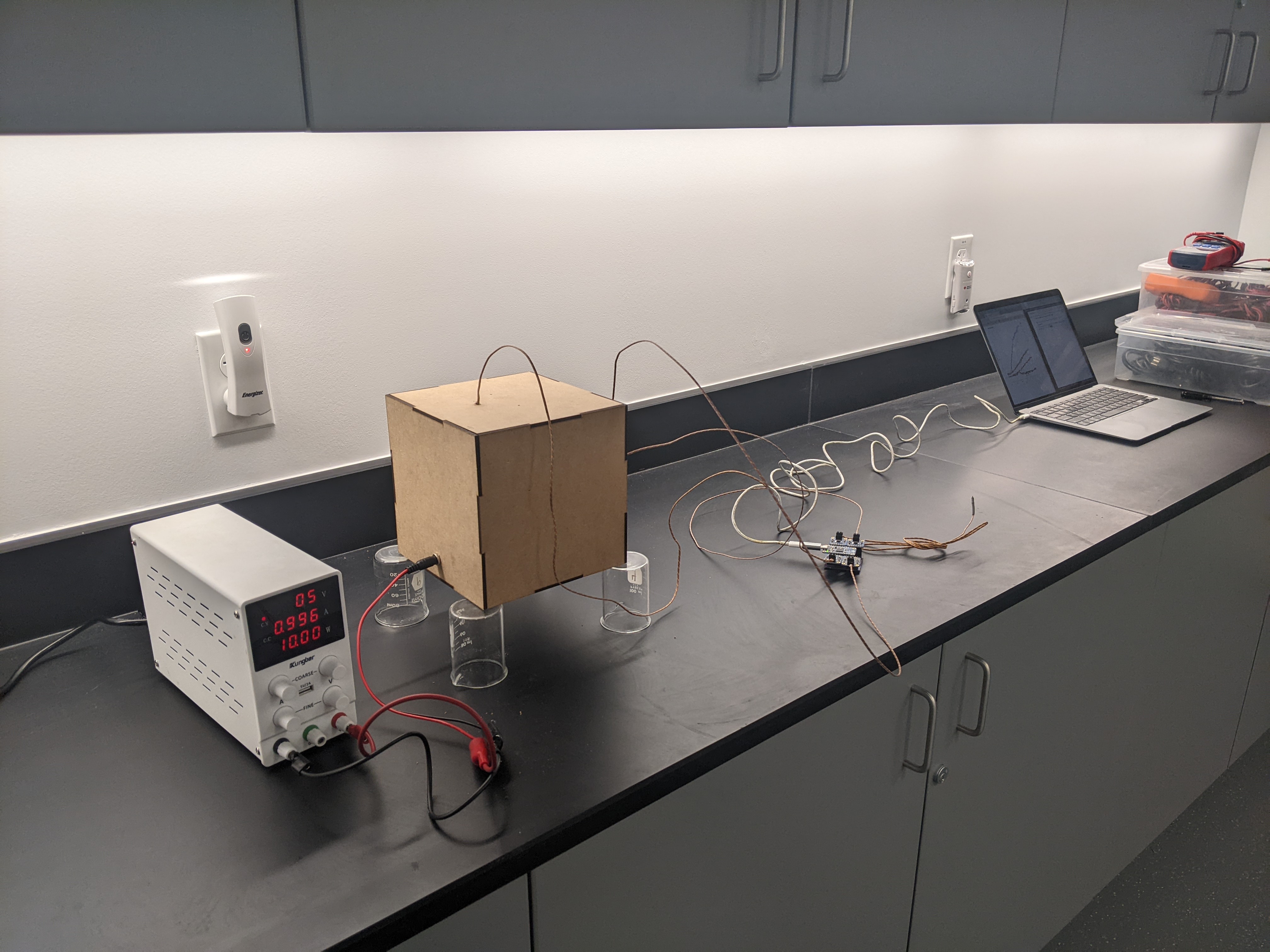
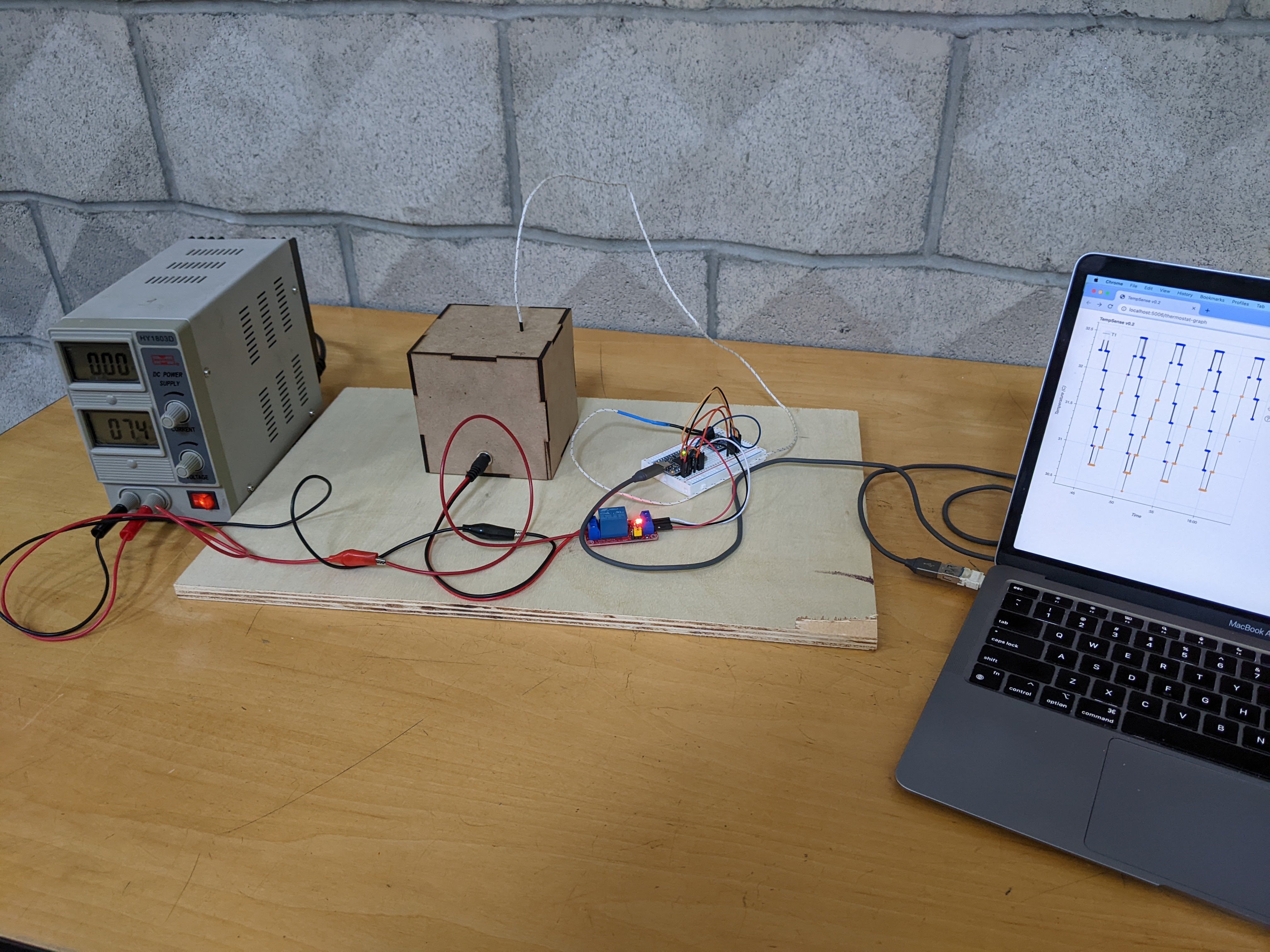
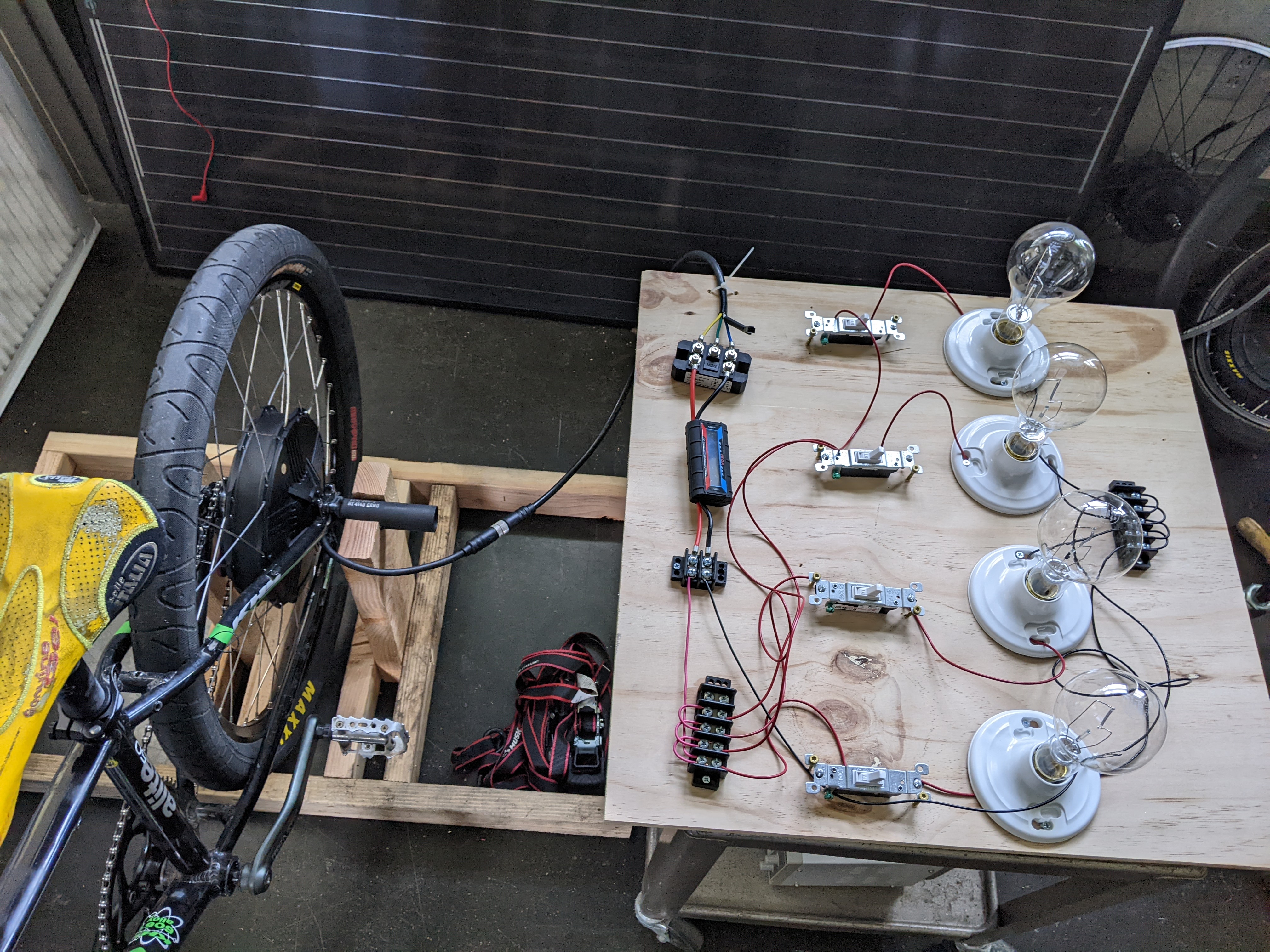
Potential Spring 2024 Projects
- Sonoma State energy efficiency improvement energy and financial estimates
- LED current, voltage, and energy display for generator bike using a microcontroller for current and voltage measurement and display
- DC-DC converter integration for generator bike for USB-C phone charging demonstration
- Development of an LED/incandescent demo to show energy efficiency
- Strategies for shifting loads to mitigate duck curve effects.
- Demonstration of electrical power and air flow using a fan
- Fabrication and testing of a model passive home with windows and ventilation
- Creation of a torque-speed motor measurements using a load cell, prony brake, and real-time data collection
Previous Projects
- Feasibility of all-solar electricity for SSU
- Reducing the average american carbon foot print
- Economics of shifting SSU police fleet to electric vehicles
- Electric Vehicle incentives in Sonoma County
- Exploring the Pollution Burden Variation in Vulnerable Sonoma and Contra Costa County Communities
- Solar Development on Closed Landfills in Sonoma County
- Analysis of the Equity of Sonoma Clean Power's Programs
- Comparing Different Heating Systems for SSU Buildings
- A Measure of Income Potential for a Backyard ADU using an integrated Design Approach
- Net Effects of Cal CCA Sustainability Programs
- Biofuels to Decarbonize the Transportation Sector
- Microgrids Based on Reliability in California